For the racer’s comfort throughout what might be protracted races in Formula 1, a well-designed seat is crucial. But how do the teams ensure that they are millimeter-perfect?
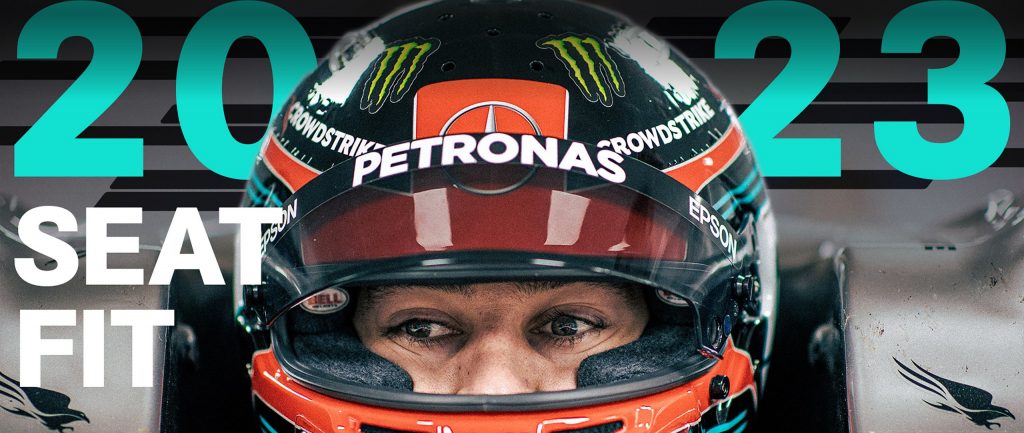
The seats in Formula 1 are different from those in a regular road car.
An F1 seat, in contrast, is custom-made to the racer down to the last millimeter and is designed to fit different sorts of drivers.
In order for the racer to appropriately provide feedback to engineers while on the track, it must be possible for them to experience everything that is happening with the car.
The racers will visit the factories of their squads during the off-season to get new seat moulds made for their 2023 cars; George Russell and Logan Sargeant have already finished theirs.
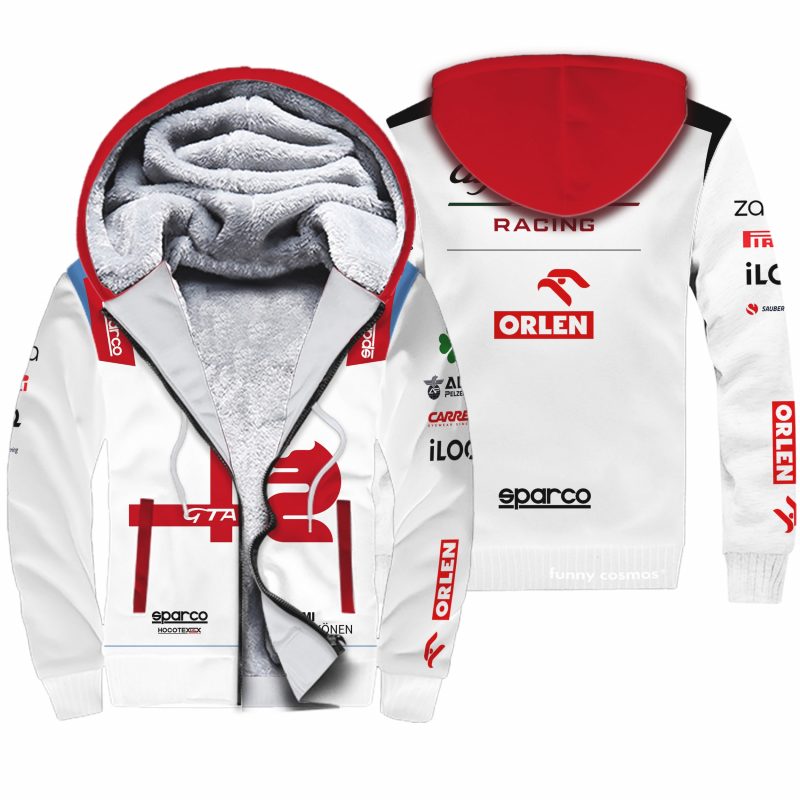

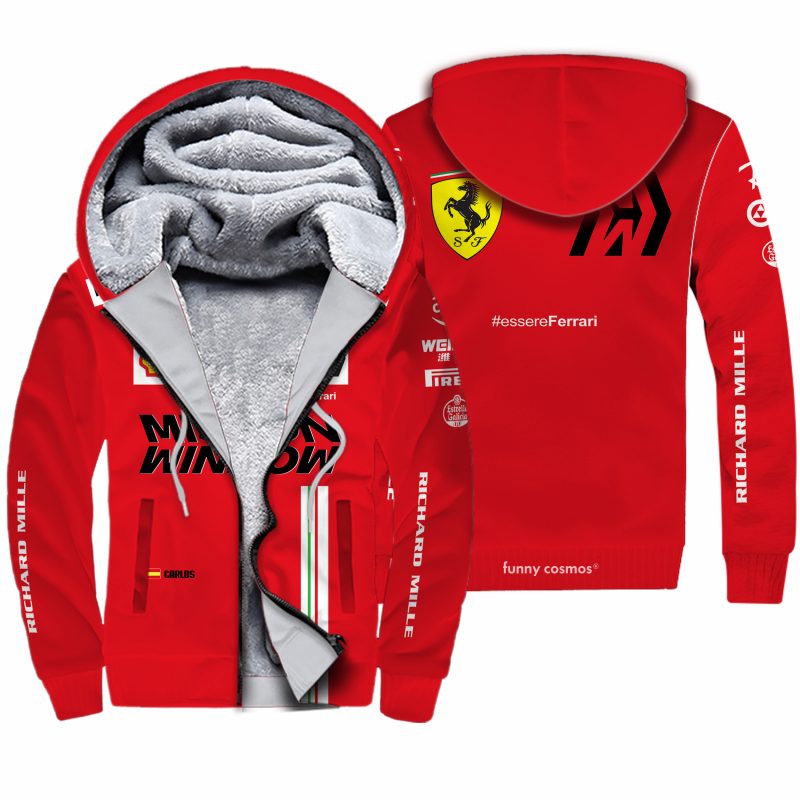
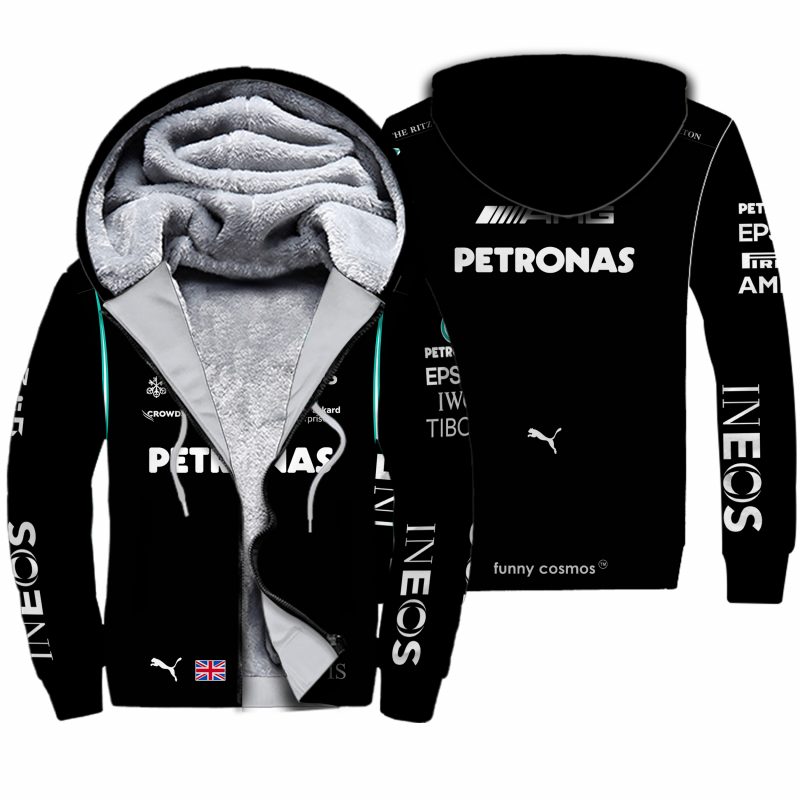
Sargeant has finished his first seat fitting with the Williams squad. He will be joined on the grid in 2023 by fellow rookies Oscar Piastri and Nyck de Vries.
How are F1 seat fits conducted?
The drivers are seated in the chassis while the teams use expanding foam. It is then molded to the curvature of the driver’s back after being poured into the cockpit.

“I had to do a couple of pours to get it right, I wasn’t completely happy with the first one but the second one went really well,” said Sargeant.
“I was super comfortable and all-square in the position I want to be. That will go off to get scanned and hopefully she fits good when I get out on track.”
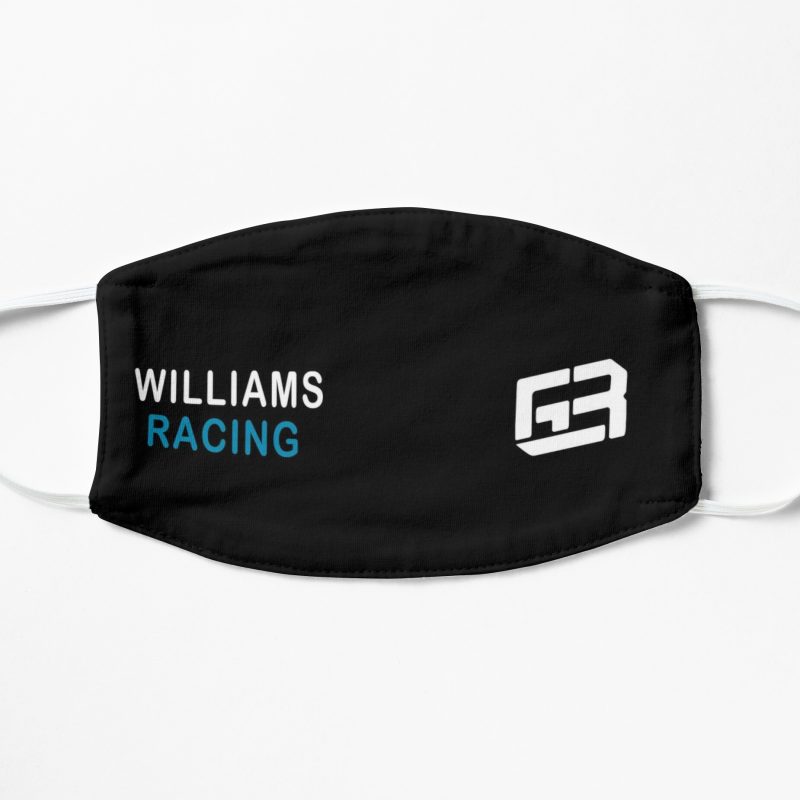

After the mold has been set, the racer will make a number of modifications before sending it off to be modeled using computer-aided design (CAD).
In order to fit the different safety devices, such as seat belts and the HANS frontal head restraint device, the teams will then proceed to construct a carbon fiber prototype.
We bring out some of the most well-known FORMULA 1 drivers’ apparels, all of which are available at reasonable costs. Visit our link now if you are interested in the racing clothing collection!
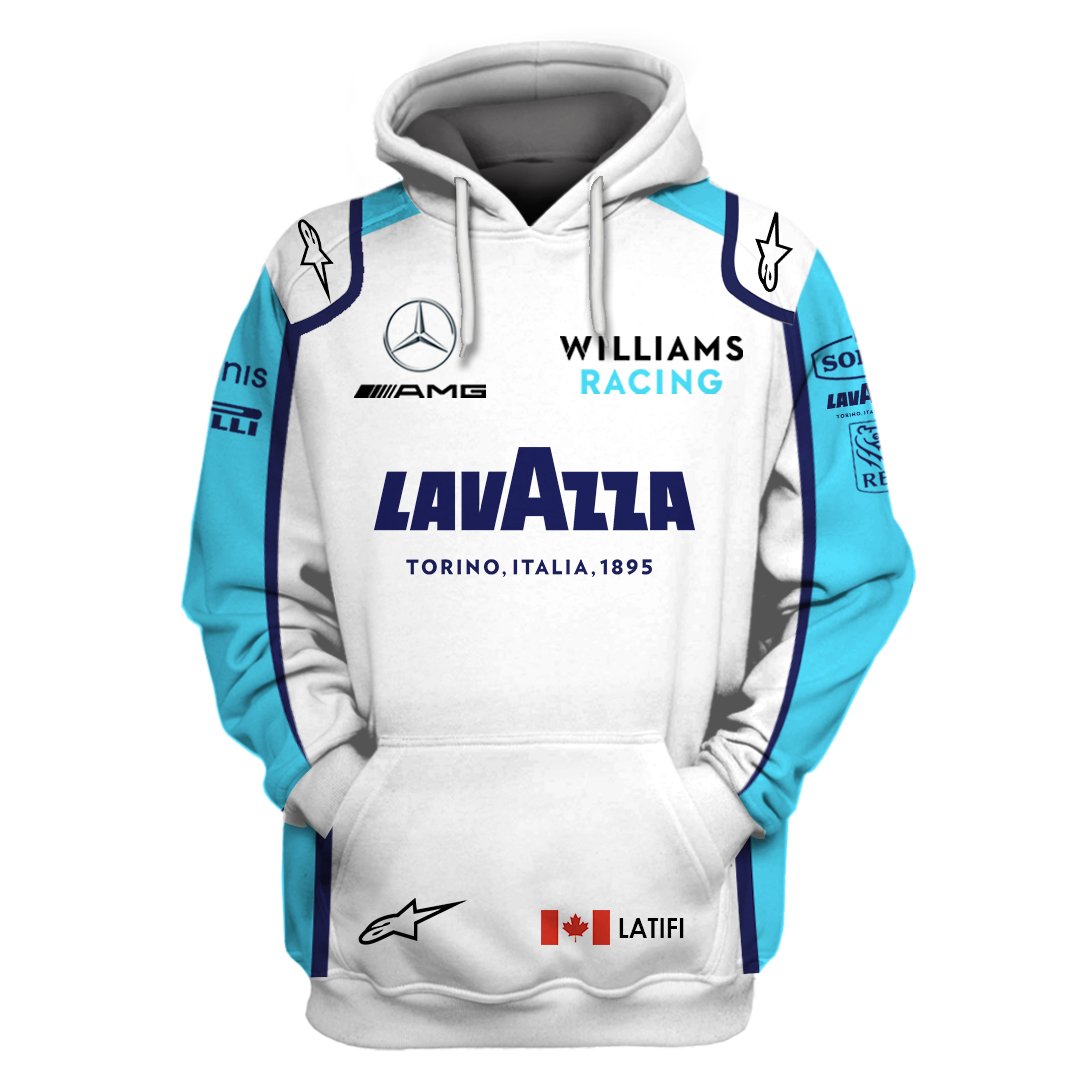
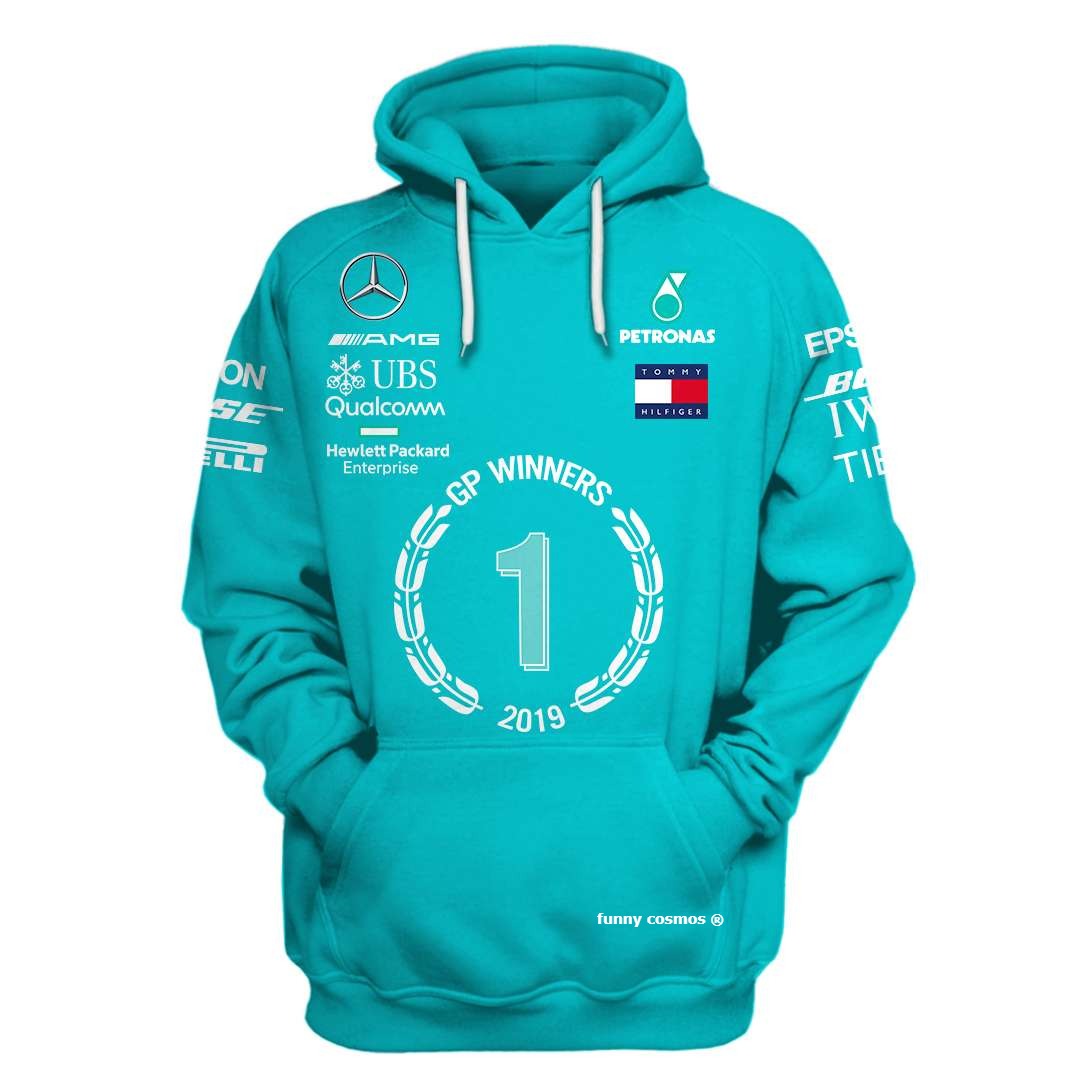
F1, F1 2022, FIA, Formula 1, George Russell, Grand Prix, Mercedes, Logan Sargeant, Williams, Oscar Piastri, Nyck de Vries
